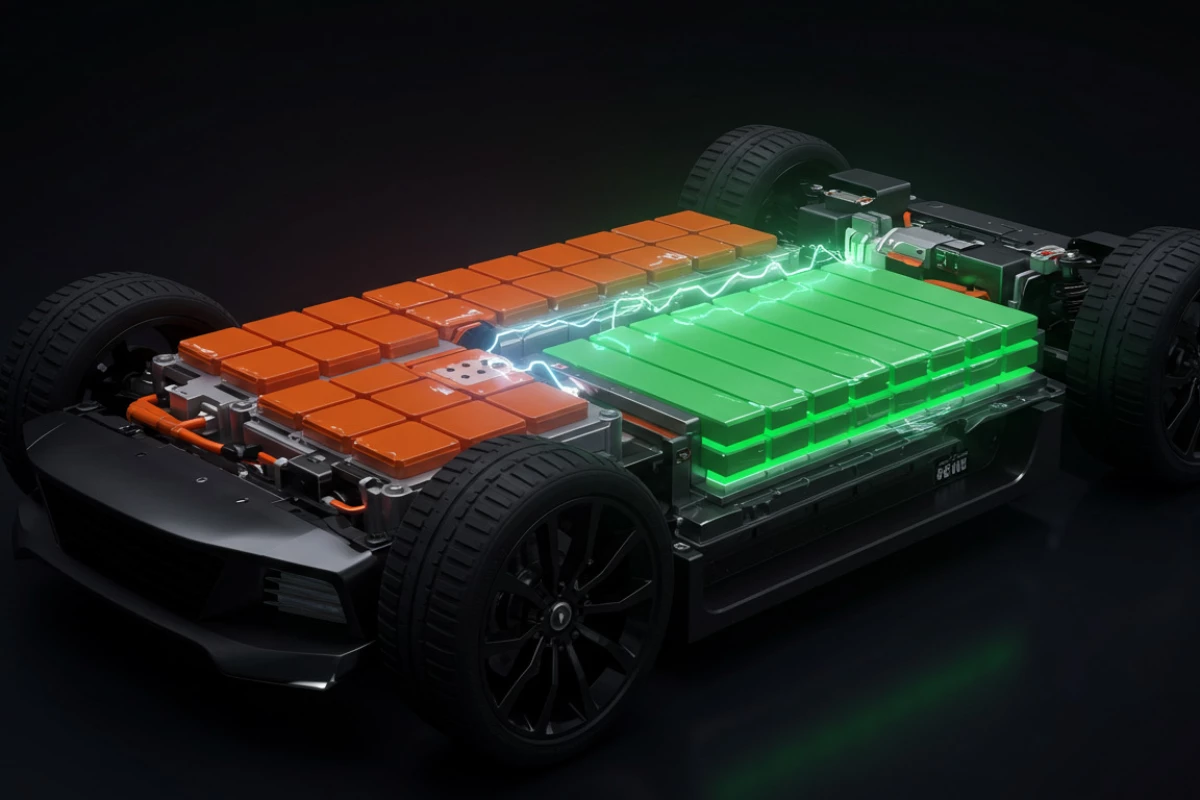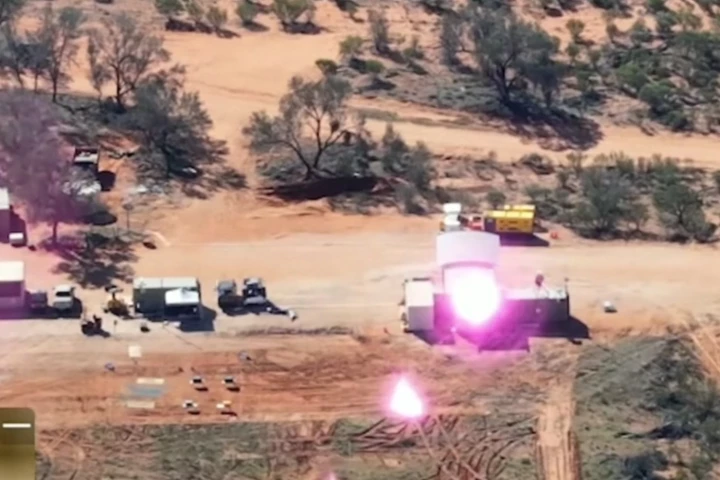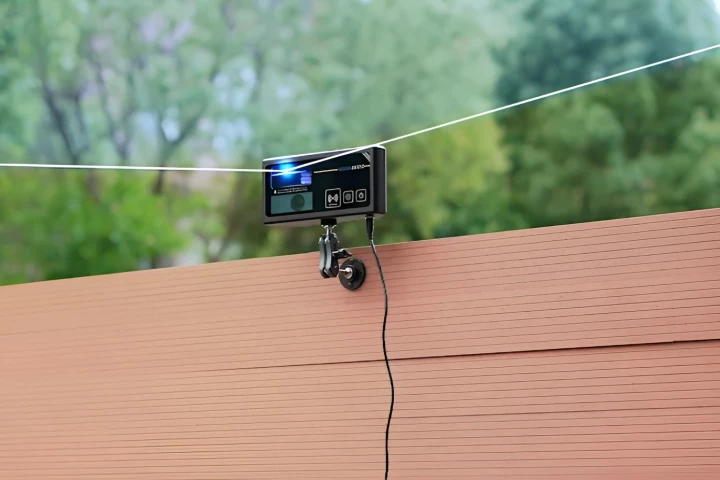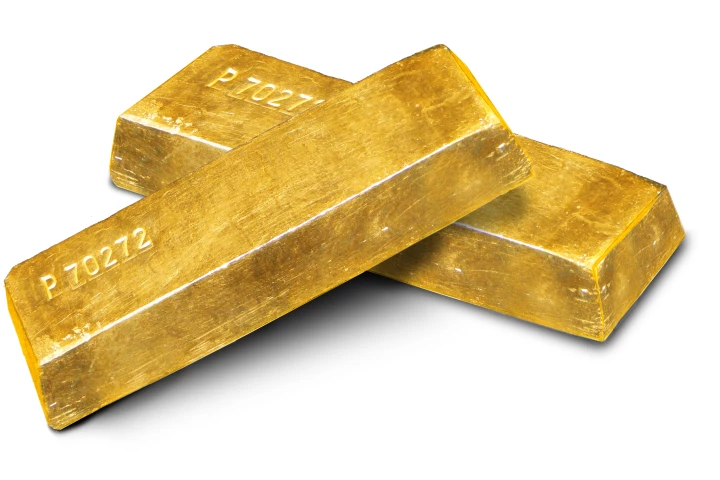Contemporary Amperex Technology Co., Limited (CATL), the largest battery manufacturer in the world with a 38% share of the global market, has just announced some fairly significant breakthroughs in battery tech that aren't just theoretical; they're already hitting the market.
- The Naxtra battery is the first mass-produced sodium-ion battery in the world.
- The Freevoy Dual-Power battery has dual architecture with several options.
- The Second-Gen Shenxing Superfast Charging battery charges, well, super fast.
For starters, sodium is far cheaper, more abundant, and significantly safer than lithium – and the Naxtra sodium-ion battery isn't just a lab-grown prototype, it's already in production. CATL has managed to stuff in energy density on par with today’s lithium-ion cells at around 175 Wh/kg – and with a shockingly good 10,000+ charge cycles over its lifetime.
This is a really big deal.
For example: Tesla LFP (LiFePO4/lithium iron phosphate) battery packs are rated between 3,000 and 4,000 charge cycles before the battery capacity degrades below 70-80%. While still usable, that would relegate your Tesla 3 Long Range from its EPA-estimated 363-mile (584-km) range down to roughly 255 miles (410 km). Real-world data has shown that after 200,000 miles (322,000 km), the average battery capacity loss is about 15%. Pretty solid numbers, but CATL's claim doesn't just one-up today's battery tech, it absolutely decimates it.
If CATL's >10,000 charge cycles claims aren't simply marketing fluff, you're looking at closer to 3.6 million miles (5.8 million km) of driving before dropping below 85% capacity and you just might be passing these batteries down to future generations for their flying cars.
Another benefit of sodium over lithium is its cold weather performance, working from -40 °F to 158 °F (-40 °C to 70 °C). Even with a 10% charge remaining, CATL claims the Naxtra battery will still punch out full power at negative forty degrees. Working temps for traditional lithium-ion batteries generally fall between -4 °F to 140 °F (-20 °C to 60 °C) for discharging, with a much stricter charge temp between 32 °F to 113 °F (0 °C to 45 °C).
CATL has also thrown a Naxtra Heavy-Duty Truck Integrated Start-Stop Battery 24-volt option into the mix for big trucks and machinery. It's said to last significantly longer than traditional flooded lead-acid batteries. And even after sitting idly for a year, it will still crank your starter, slashing lifetime costs by 61% over old lead-acid tech, claims the company.
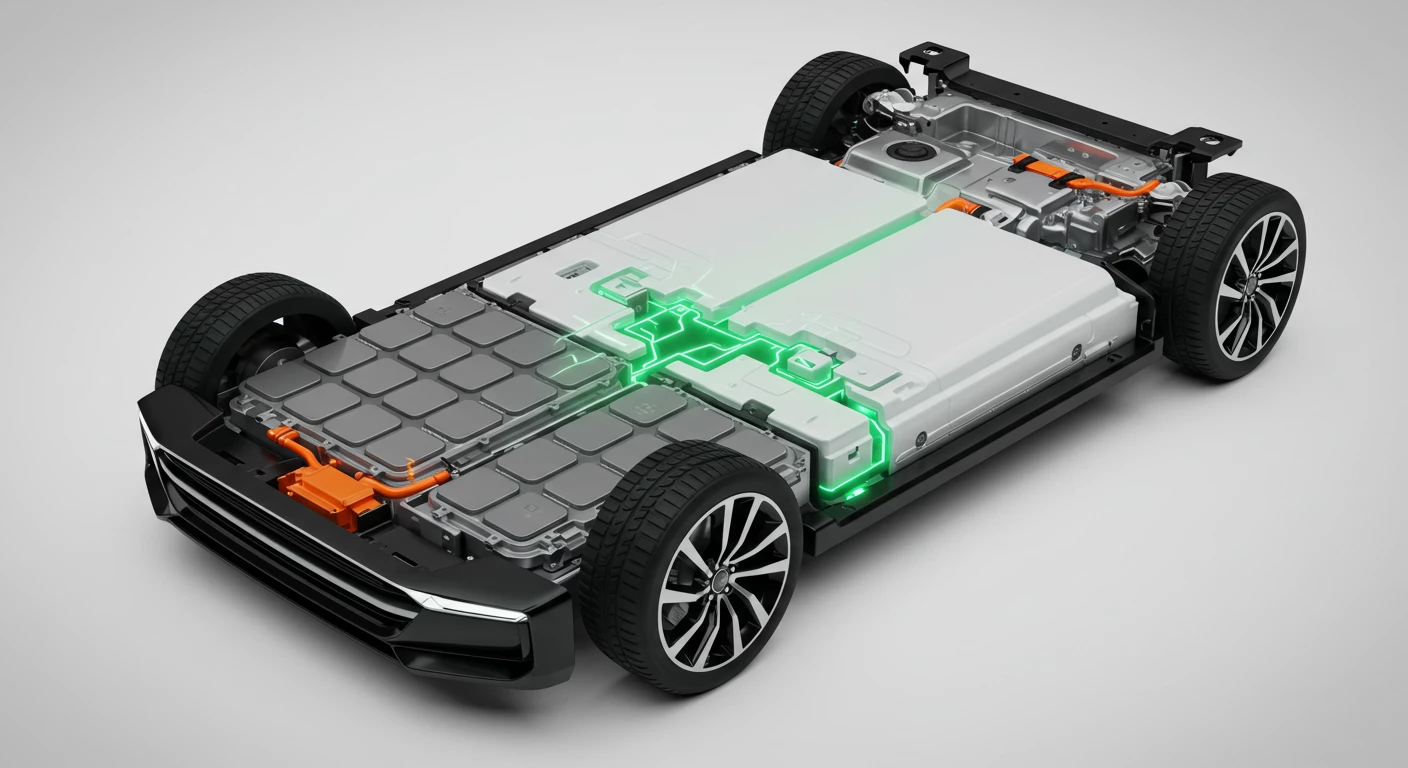
The next big thing on the list is the Freevoy Dual-Power battery. Think of it like a battery within a battery with different chemical makeups for five layers of duality: Dual high-voltage, low-voltage, thermal management, structure, and safety systems. The battery system actively switches between zones based on how you drive, be it short or long trips, hard acceleration, or frigid winters ... the Freevoy can mix and match cell chemistries.
For example: A sodium/LFP combo would be ideal for cold weather regions like Norway where where winter temps can wreak havoc on traditional lithium-ion performance. Sodium can still deliver consistent power even at -40 degrees (fun fact: -40 is the same temp in C and F).
An LFP/LFP combo could be ideal for fast charging and low-cost daily driving at US$0.025 per mile (1.6 km). At the time of writing, it costs around $0.125 per mile for gas-powered vehicles based on the 2021 US average of 25.4 mpg (9.3 L/100 km) – unless you live in California, then you're looking at about $0.19 per mile.
For ultimate range, CATL says an NCM/NCM (Nickel Cobalt Manganese) combination Freevoy 180-kWh battery could net 930 miles (1,500 km) of range and a 1-MW+ power output potential. That means not only could it go far, but it could get there really fast. Or it could tow really heavy loads. Or both.
To put a 1-MW+ output in perspective, Tesla's fastest machine to date, the Model S Plaid, has a peak power output of 760 kW, making 1,020 hp (760 kW). The Tesla Model 3 Long Range has a 366-kW peak power rating with a 363-mile (584-km) range. The tri-motor "Cyberbeast" Tesla Cybertruck has an 11,000-lb (4,990-kg) towing capacity at a peak power output of 630 kW. And for good measure, the Ford F-150 Lighting has a 10,000-lb (4,536-kg) towing capacity at 433-kW peak. CATL says the Freevoy can output over 1,000 kW.
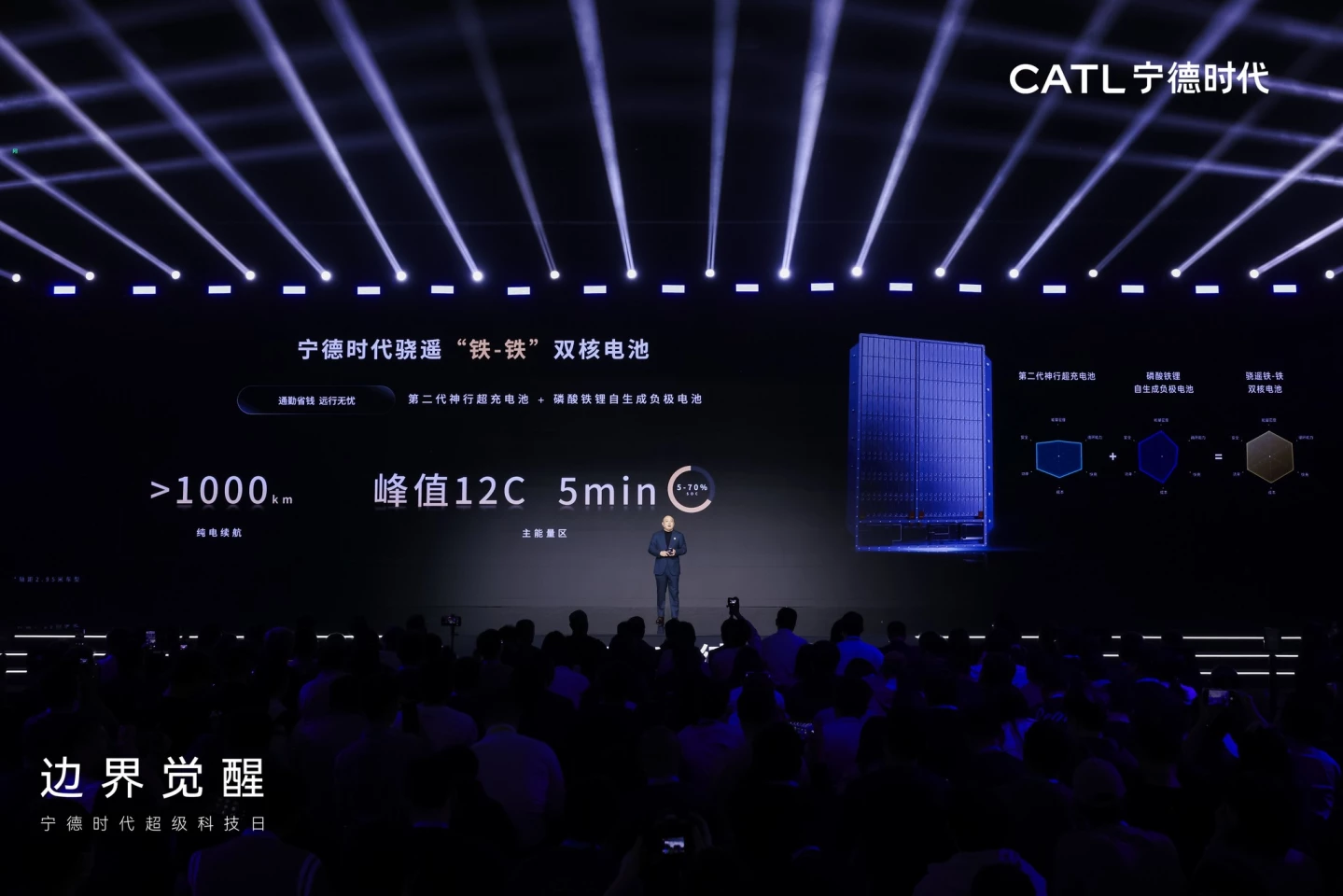
And the kicker to CATL's news about the Freevoy battery? Any LFP or NCM battery technology used in it has a self-forming anode – as in the batteries do not have an anode built in, instead, the anode builds itself at an atomic level over the first few charges, boosting volumetric energy density by 60% and weight energy density by 50% ... No wasted space. Either the same range in a smaller, lighter pack, or more range in the same physical space. That's how CATL claims that with this technology a typical sedan-sized EV with a ~10-ft (3-m) wheelbase like a Toyota Camry or a Model 3 can achieve the 930-mile (1,500-km) range.
Last, but not least, is CATL's Shenxing Gen 2 ultra-fast-charging battery. The first-gen Shenxing battery had already wowed everyone with 4C fast charging. The new Shenxing 2.0 shatters that number with a 12C charging rate – the world's fastest for LFP. Shenxing could be loosely translated from Mandarin to "supernatural travel." Makes sense.
C-rate is battery nerd-speak for the charge and discharge rate of a battery relative to its capacity. 1C means a full charge or discharge in one hour. So if a battery had a 100-kWh capacity, it would take exactly one hour to go from 0 to 100% and vice versa at 1C. Therefore, 12C is 12x the capacity per hour. That same 100-kWh battery could go from 0 to 100% (and vice versa) in five minutes.
In the real world, 1C is considered to be reasonably fast for EVs. Tesla Superchargers, known for being the highest standard for public charging in the US, can charge an EV between 3C and 5C at best. Its latest and greatest V4 Superchargers deliver up to 325 kW. There are plans to deliver 500 kW and up to 1.2 MW for the Tesla Semi in the future, but we're not there yet. Our energy infrastructure would need some updating before then.
Since C-rate is relative to the battery’s size, the actual power in kilowatts depends on how big the battery is ... I had to do a little reverse-engineering math from CATL's press release: The Shenxing Gen 2 has a range of about 500 miles (800 km) at a 12C rate at 1,300 kW, making the battery pack about 108 kWh (1,300 kW ÷ 12C = ~108 kWh).
Assuming you could find a 1,300-kW charger (which you can't because they don't exist ... though BYD Flash Chargers in China claim to have a 1-MW charge capability), that would amount to adding roughly 1.5 miles (2.5 km) of range per second of charge – or let's just call it a gas-station-fast, five-minute-zero-to-one-hundred charge. But in real life, with the best chargers the US has to offer and in perfect conditions, it's still about 20 minutes from 0 to 100%.
Per CATL, the Shenxing Gen 2 also has fantastic cold-weather capabilities. Even in subfreezing temperatures, it will still accept a fast charge and deliver an 830-kW output when nearly depleted.
"Once again, we are pushing the boundaries of performance beyond limits," said CATL's Chief Technology Officer Gao Huan at CATL Tech Day in Shanghai. I'd be inclined to agree.
Watch CATL Tech Day full conference with all the details here:
So yeah ... on paper, CATL has basically reinvented EV batteries. Longer range, faster charging, better cold climate capabilities and potentially game-changing longevity. But the thing is, none of this exists outside of China yet. And 1.3-MW chargers don't exist anywhere.
Indeed, CATL has been the global leader of batteries, so there's no reason not to believe this won't be hitting the streets sooner rather than later ... but just like we take the CLTC (China Light-Duty Vehicle Test Cycle) range figures with a grain of salt – like "930 miles (1,500 km) range" would be an EPA-estimated 700 miles (1,125 km), which still isn't at all bad – and the recent "tariff wars" being waged between the US, China and more ... we'll see where the SoC settles in coming months.
Source: Newswire
